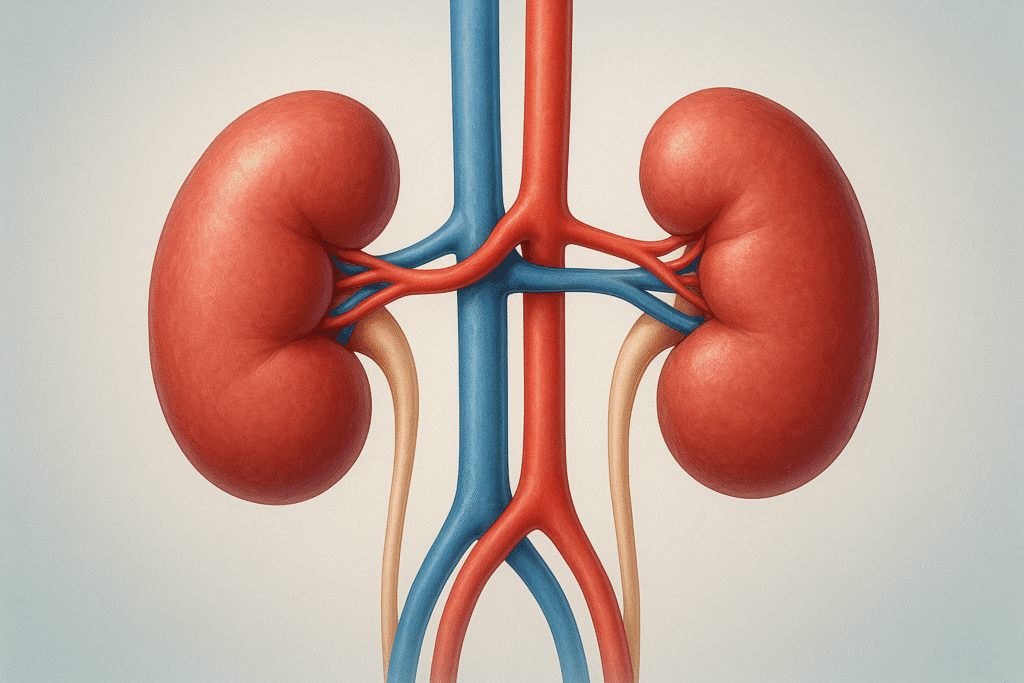Heart failure, a condition where the heart struggles to pump enough blood throughout the body, is a debilitating and potentially life-threatening illness. Traditionally, treatment focused on managing symptoms and slowing disease progression.
However, recent advancements have introduced medications like Farxiga (dapagliflozin) that offer a novel approach to managing heart failure.
Understanding Heart Failure: A Complex Problem
Heart failure, a condition that significantly impacts health worldwide, arises from various causes, intertwining complex mechanisms that challenge both patients and healthcare providers.
Among the primary culprits is Coronary artery disease (CAD), where blocked arteries due to plaque buildup significantly weaken the heart muscle, undermining its ability to pump blood efficiently. Similarly, high blood pressure, or uncontrolled hypertension, places excessive strain on the heart over time, potentially leading to its gradual deterioration.

Not to be overlooked, diabetes contributes to heart failure by causing chronic high blood sugar levels that can damage heart and blood vessels, further complicating cardiovascular health.
Moreover, viral infections from certain viruses can directly infect and weaken the heart muscle, presenting yet another pathway through which heart’s failure can develop. This intricate web of causes highlights the complexity of heart failure as a health issue, necessitating multifaceted approaches in both understanding and treatment.
These factors lead to a vicious cycle: the weakened heart struggles to pump effectively, causing fluid buildup in the lungs and body (congestion). This congestion further strains the heart, worsening the condition.
Farxiga: A SGLT2 Inhibitor with a New Role
Farxiga, a member of the SGLT2 inhibitors class, originally developed to treat type 2 diabetes by promoting sodium-glucose cotransporter-2 (SGLT2) to increase sugar excretion in the urine, has found a new frontier in healthcare. Groundbreaking research has revealed unexpected benefits for heart failure patients.
This paradigm shift highlights the versatility and potential of medications beyond their initial scope, offering hope and improved outcomes for those battling with heart complications.
How Does Farxiga Help Heart Failure?
The mechanism by which Farxiga improves heart function is multifaceted and still under investigation. Here are the key areas it might be impacting:
Diuretic Effect
Farxiga operates by targeting SGLT2 receptors within the kidneys, prompting them to expel excess sugar and sodium through the urine. This diuretic effect helps to reduce fluid buildup, significantly easing the workload on the heart.
By alleviating this pressure, Farxiga offers a dual-action approach, not only managing blood sugar levels but also providing a cardiovascular benefit, crucial for patients dealing with heart failure.
This mechanism showcases the drug’s multifaceted role in treating conditions beyond diabetes by addressing heart health directly through improved kidney functions.
Reduced Blood Pressure
Farxiga plays a pivotal role in heart health by lowering blood volume, which can contribute to a modest decrease in blood pressure. This mechanism is vital for lessening the strain on the heart, offering a dual benefit in the management of heart failure.
Farxiga’s action not only aids in controlling heart failure symptoms but also in improving overall cardiovascular resilience by addressing hypertension, a common exacerbating factor for heart complications.
Metabolic Benefits
Farxiga significantly influences how the body uses energy, primarily by improving heart muscle function and reducing inflammation. Recent studies have shown that it can improve the heart’s ability to respond to stress, which is crucial for patients suffering from heart failure.
This medication works by adjusting the body’s metabolic process, leading to a healthier, more efficient heart.
Kidney Protection
Farxiga has garnered growing evidence for its role not just in combating heart failure, but also in offering protection against kidney decline. By reducing pressure within the filtration units of the kidneys, Farxiga mitigates the risk of complication, marking a dual benefit in both cardiac and renal health arenas.
Importantly, Farxiga is not a replacement for standard heart failure medications. It works synergistically with existing therapies like diuretics, ACE inhibitors, and beta-blockers to provide a more comprehensive treatment approach. This can help patients achieve better symptom control and improve their overall well-being.
Clinical Evidence for Farxiga’s Efficacy
The efficacy of Farxiga in managing heart failure is backed by robust clinical trials like DECLARE-TIMI 58. This large-scale study involving thousands of patients with heart failure demonstrated that:
- Farxiga significantly reduced the risk of hospitalization for heart failure compared to placebo.
- It also showed a trend towards lowering the risk of cardiovascular death.
These findings led to the approval of Farxiga for the treatment of heart failure with both preserved and reduced ejection fraction, a measure of heart pumping efficiency. This broader indication allows Farxiga to help a wider range of heart failure patients.
Farxiga: Not for Everyone
While Farxiga offers promise, it’s not suitable for all heart failure patients. Here are some considerations:
Kidney Function

While Farxiga offers benefits for many, it’s not a good candidate for individuals with pre-existing kidney problems. Careful monitoring is necessary for all patients, as the medication can potentially worsen kidney function. Those considering taking Farxiga should weigh the risks, especially if they have known renal issues.
Blood Sugar Levels
While Farxiga offers a promising solution for many diabetic patients, it’s not devoid of risks, particularly when it comes to blood sugar levels. Careful monitoring of these levels is crucial as Farxiga can cause low blood sugar, or hypoglycemia, a condition that can be perilous if not managed properly.
Treatment plans must be adjusted to cater to individual needs, ensuring that the management of blood sugar levels is both effective and safe for each patient.
Genital Yeast Infections
Farxiga may significantly increase the risk of developing yeast infections in the genital area. It’s imperative for users to prioritize maintaining good hygiene practices and informing their doctor immediately if an infection develops. This proactive approach is crucial in managing potential side effects and ensuring safe use of the medication.
It’s essential to discuss these potential side effects and suitability with your doctor before starting Farxiga. An open conversation with your doctor will help you determine if Farxiga is the right treatment option for your specific heart failure condition.
Conclusion
Farxiga represents a significant advancement in heart failure management, addressing the underlying mechanisms of the disease and offering a broader range of benefits with the potential to improve patient outcomes and quality of life.
Ongoing research continues to unveil the full spectrum of benefits, paving the way for a hopeful future for those living with heart failure. Its mechanism of action is being explored in other cardiovascular conditions, highlighting its impact on the future of heart disease treatment.
Frequently asked Questions
What is Farxiga and what is it normally used for?
Farxiga (dapagliflozin) is a medication that belongs to a class of drugs called SGLT2 inhibitors. It’s primarily used to manage type 2 diabetes by helping the kidneys remove excess sugar from the blood.
How can a diabetes medication help with heart failure?
Recent research has shown that Farxiga offers benefits beyond blood sugar control. In patients with heart’s failure, it can improve heart function through various mechanisms, even if they don’t have diabetes.
Who can benefit from Farxiga for heart failure?
Farxiga is approved for heart’s failure patients with both preserved and reduced ejection fraction, a measure of heart pumping strength.
Are there any side effects to taking Farxiga for heart failure?
Potential side effects include urinary tract infections, genital yeast infections, and dehydration. In rare cases, diabetic ketoacidosis (a serious blood sugar complication) can occur.
How is Farxiga typically taken for heart failure?
Farxiga comes in tablet form and is usually taken once daily, with or without food.
Can Farxiga be taken with other heart failure medications?
Yes, Farxiga is generally well-tolerated alongside standard heart failure medications. However, it’s crucial to discuss your specific situation with your doctor.
Are there any lifestyle changes that complement the use of Farxiga for heart failure?
Maintaining a healthy lifestyle through a balanced diet, regular exercise, and weight management is vital for managing heart’s failure, regardless of medication.

 Medically reviewed by
Medically reviewed by